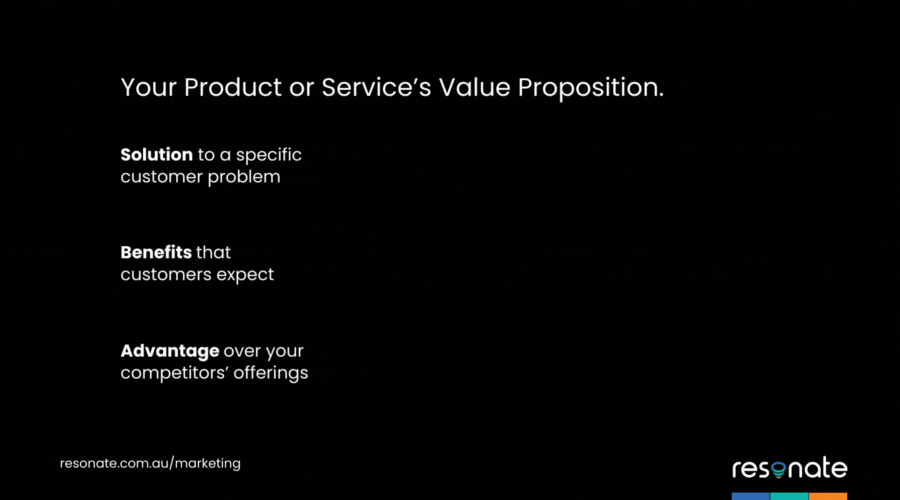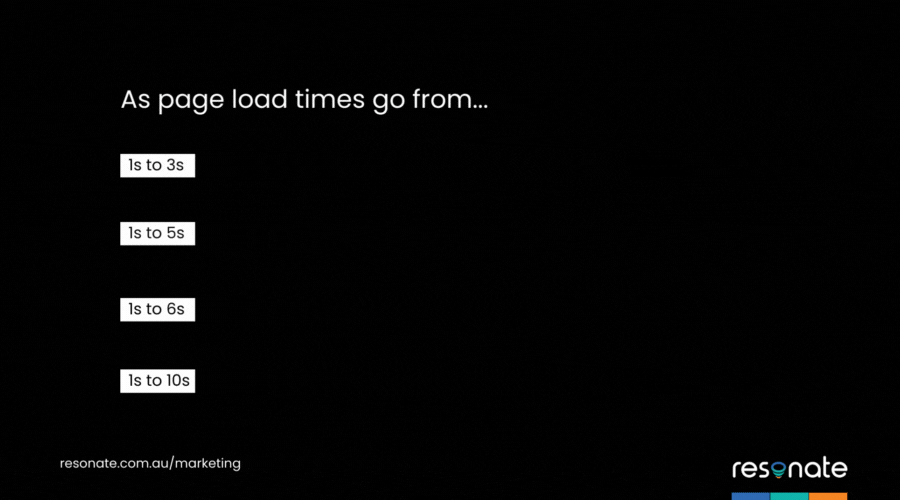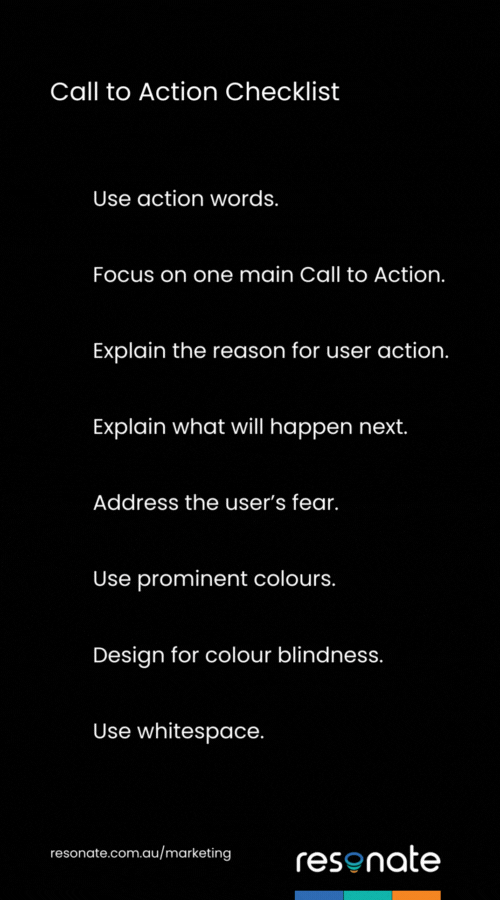Between 2000 and 2015, our attention spans shrunk from twelve to eight seconds. Today, many marketing efforts have become a battle for people’s attention. Social media, email and sales campaigns all compete for eyes.
Your landing page is often your final chance to convince someone to convert. Whether you attract visitors through organic search, email campaigns, social media or sales outreach, you have put in the effort to hold someone’s attention long enough that they click on your link. If you have a subpar landing page design, then your efforts up to that point have been in vain.
Landing page design must not only stop people from clicking away; it must grab their attention to ensure they stay on the page and convert. Here are seven elements you should include to optimise landing page design.
1. Clear and concise value proposition
Your value proposition highlights why a prospect should choose your product or service. It focuses on your business’ unique benefits, addresses the target market’s pain points and sets you apart from the competition. Your value proposition should sit above the fold and be among the first things a visitor sees.
When crafting this proposition, ensure you deeply understand the target audience’s challenges, goals, and values. Focus on benefits rather than features. The language should be clear, straightforward, and free of jargon, making it accessible to decision-makers who may not have technical expertise.

2. Clean and structured page
Do not clutter your page with copy and images. Focus on clarity and brevity. Visitors should quickly understand what you offer and its benefits. You must reduce any copy to its core, using bullet points, short paragraphs, and clear headings.
Moreover, when you have a clean landing page, it becomes easier to optimise load speed. When a user’s probability of bouncing increases with load time, you need to ensure that all landing page elements are clean and function properly.
Consider the information you want a visitor to see first and place this above the fold. ‘Above the fold’ refers to the part of a webpage visible without scrolling. Key information, including your value proposition, main call-to-action (CTA), and essential business details, should be placed above the fold for immediate visibility. This is the first essential element to guiding a visitor’s eye to the most important elements of your landing page.

Data source: Deloitte.
3. Strong call-to-actions (CTAs)
Good CTAs encourage users to convert. Depending on the aim of your landing page, they might encourage someone to download an eBook, contact your sales team or schedule a demo. CTAs must give the visitor a compelling reason to convert. Use them to demonstrate the value gained by following through on the action. Design-wise, CTAs should look bold, with strong colouring and appropriate sizing.
When planning your landing page’s structure, consider the placement of CTAs. They should be visible, ideally above the fold and within key page sections, ideally at the top and bottom.

4. A/B test your page
A/B testing compares the success of two landing page versions to determine which one gains more conversions. It provides insight into which elements need optimisation, such as layout, content and CTAs. Presenting version A to one segment of your audience and version B to another allows you to gather data based on user interactions.
Rather than guessing about the elements of your page that work or focusing on aesthetics, A/B testing gives you concrete data to understand what your audience prefers and what generates higher conversion rates.
5. Focus on SEO
SEO increases the visibility of landing pages in search engine results. By aligning the page with the search behaviours of your target audience, using related keywords, meta tags, and relevant content, you enhance the likelihood of attracting quality traffic that converts into leads and sales.
You will need to identify and incorporate the keywords your target audience searches for — other design elements, such as mobile-friendliness and fast loading times, support search rankings. Organising content with clear headings, using descriptive URLs, and securing quality backlinks from reputable sites improve your page’s search performance.
6. Make forms accessible and unobtrusive
How you collect information could impact your success in securing conversions. For this reason, deeply consider the design of any forms and their usability. Asking for too much information could frustrate people; they might decide not to share their details and convert. Request only essential details such as name, email, and key business information.
Forms should fit naturally into the page layout, appearing at points where users are likely to engage and include a compelling call-to-action. The form’s design should remain consistent with the landing page’s aesthetic and encourage completion while preserving a positive user experience.
7. Add social proof, like testimonials
Social proof, such as testimonials or snippets from case studies, builds trust and credibility. Endorsements from other companies or industry experts can sway a cautious decision-maker. Testimonials provide tangible evidence of your product’s or service’s effectiveness, tapping into people’s psychological tendency to trust others’ experiences.
Place CTAs strategically on your landing page, such as near assets or within service descriptions. Ensure testimonials are authentic and highlight specific benefits or successful outcomes. Adding the provider’s name, position, and company lends credibility. Other forms of social proof, like client logos and industry awards, can bolster trust.
Conclusion
A successful B2B landing page combines a clear value proposition, prominently featured above the fold, with a straightforward layout to immediately convey the benefits of your product or service. Strong, well-placed CTAs encourage visitors to convert. A/B testing can help you further refine these elements.
Effective SEO practices are crucial for visibility, drawing in a targeted audience through relevant keywords and a mobile-friendly design. Forms should be concise, capturing only necessary information and including social proof like testimonials and client logos to enhance credibility. Focusing on these key aspects transforms a B2B landing page from a page of information to an effective tool for driving conversions.
Resonate builds landing pages that convert
We believe that some of the most impactful campaigns revolve around marketing assets like reports, eBooks, and whitepapers. The right design can turn these assets into ‘hero pieces’ that multiply lead-generation efforts. We deeply understand the impact of good design on user engagement and apply best practices to boost conversions. Visit our Design page for more information on how we can enhance your brand’s digital presence.
Related blogs
Five essential elements of B2B website design
How to master B2B tech case studies to drive conversions
10 reasons why WordPress remains a powerhouse CMS for B2B websites





